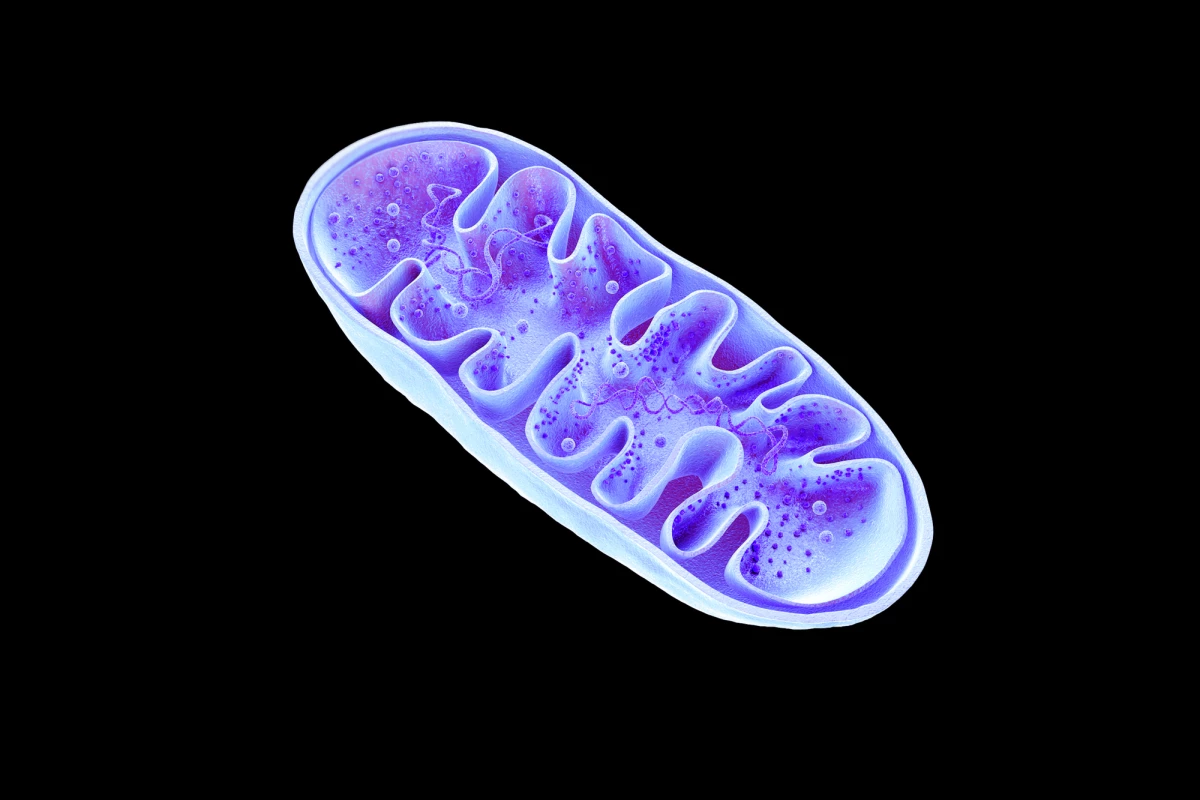Researchers have homed in on new compounds that are effective at killing leukemia. The drug candidates shut down faulty mitochondria in the cancerous cells, and were found to be far more effective when paired with existing chemotherapy drugs.
Mitochondria are tiny structures inside cells that produce energy. Over time they can become damaged, so cells break old mitochondria down through a process known as mitophagy. However, cancer is known to mess with the process to keep its little energy generators running longer.
That helps cancer grow out of control, but it could also be its undoing. Drugs that attack the weakened mitochondria could be a promising way to kill cancerous cells without much collateral damage to healthy cells. In the new study, researchers at Rice University and the University of Texas at Austin examined eight compounds that target mitochondria and induce mitophagy.
“We hypothesized that if they activate mitophagy, they may be particularly toxic to leukemia cells,” said Natasha Kirienko, corresponding author of the study. “And indeed, we found that six of the eight small-molecule compounds were deadly to leukemia cells. We then wanted to study them more in depth. So we looked at closely related molecules, and we looked at combinations.”
Along with the compounds themselves, the team identified up to 30 similar molecules for each, then tested how toxic they all were to leukemia cells, either alone or in combination with existing drugs.
In tests in cell cultures, six of the compounds were found to be effective at killing acute myeloid leukemia (AML), the most common form of the disease. Five of those six were also effective against two other forms of the disease, acute lymphoblastic leukemia (ALL) and chronic myelogenous leukemia (CML).
When paired with the existing chemotherapy drug doxorubicin, one new compound called PS127B was found to work far better than current treatments. A figure called a synergy coefficient describes how well two drugs work together, with anything over 10 being synergistic. Doxorubicin and cytarabine, a combo commonly used to treat leukemia, has a synergy coefficient of 13, but doxorubicin and PS127B had an astonishing coefficient of 29.
Further tests in mice with implanted cancer cells taken from human leukemia patients showed that another compound, PS127E, was particularly effective. Importantly, these drugs caused minimal harm to healthy cells. While the study is promising, it’s still in the very early stages, and the team says much more work needs to be done before it could be tested in humans.
“We still have a lot to discover,” said Kirienko. “For example, we need to better understand how the drugs work in cells. We need to refine the dose we think would be best, and perhaps most importantly, we need to test on a wide variety of AML cancers. AML has a lot of variations, and we need to know which patients are most likely to benefit from this treatment and which are not. Only after we’ve done that work, which may take a few years, would we be able to start testing in humans.”
The research was published in the journal Leukemia.
Source: Rice University




